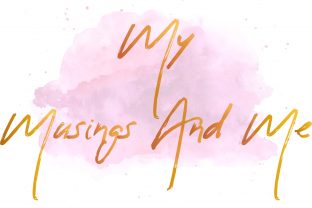Do you remember the last time that you cried? Whether a lone tear, a barely suppressed sob, or a full out howl? Some of us may be able to do so. And remember the exact reason for it. Or the fact that there was no obvious reason. For others, we may be reaching further back into the annals of our memories. Whilst crying is a universal experience with a variety of benefits. The reasons and types of crying we engage in are individualized.
The Why of the Cry

In a previous blog post I wrote about the benefits of crying. I was surprised to find out that there were so many. Spanning our physical, emotional and social health. Crying functions to protect the eye by lubricating it and removing irritants. It releases stress hormones and toxins explaining why it can be a cathartic experience. Lastly, it can elicit empathy in others by conveying how we feel. Particularly important when words fall short which they so often too when emotions are intense.
So, that’s the function of crying for the body and mind. But the real why will be a completely unique experience to us. And, whilst we often associate crying with negative experiences, we also cry out of joy, laughter, happiness or even nostalgia. There’s no one reason why we cry. And despite the stigma, it’s not a negative experience. If anything, as per the benefits above, we should perceive the shedding of tears as a wholly positive one.
From bereavements to weddings and the birth of a child. Illness, family separation and work stress to happy memories, moments of connection and enthusiasm. The reasons we cry is as varied as we are as humans. Which means literally anything is a valid reason to cry; in a world where we are pressured not to.
For Why is Crying Important and What are the Benefits read here.
Types of Cries

- The Lone Tear: whether triggered by loneliness, misery or experiences of sadness or loss. The single tear escapes indicating our own feelings of disconnection in it’s singularity. This one usually escapes no matter how hard we try and hold it back
- The Bursting Forth: these tears often release with some force. They flow easily and freely when the dam breaks. Tears of this kind can be linked to great joy or sadness; often a display of intense emotion of some kind.
- The Sob: sobbing often has verbal accompaniment of some kind. Usually in the form of a sniffle or hiccough among some barely discernible words. Almost always linked to a more stressful or negative life event. They can indicate our emotions when the words won’t come or the emotional pain is too much.
- The Laugh-Cry: tears flow freely and are almost impossible to conceal. These are a highlight in the world of crying which often holds negative connotations. The cry/laugh is usually reserved for moments of sheer hilarity giving birth to the expression laugh ’til you cry.
- The Wail: perhaps the obverse of the laugh-cry, this is an indication of distress and pure catharsis. Not one for those who holdback. This is a release of unmediated feeling and pain.
What are your thoughts on crying? When do you cry and what type of crying do you do?

I definitely find there are so many benefits of crying and I often feel better after I need a big cry as I just feel like something is released in me and I can breathe a little easier! But you’re right, there are definitely many different types of crying. The last time I cried was Monday and it was just a small few tears.
It’s such a good release at time! Sometimes I don’t even know why I need to cry. But it gives me some breathing space.
Crying can be such a much needed release; I feel like I need to good cry sometimes to just work through and let go of something. Thanks for sharing this; it’s encouraging to know that crying can be beneficial!
Thanks Molly. Me too. Sometimes I’m not engaging with how I feel and it takes some time and mounts up and I just need to cry it out. It’s definitely a good way of letting go.